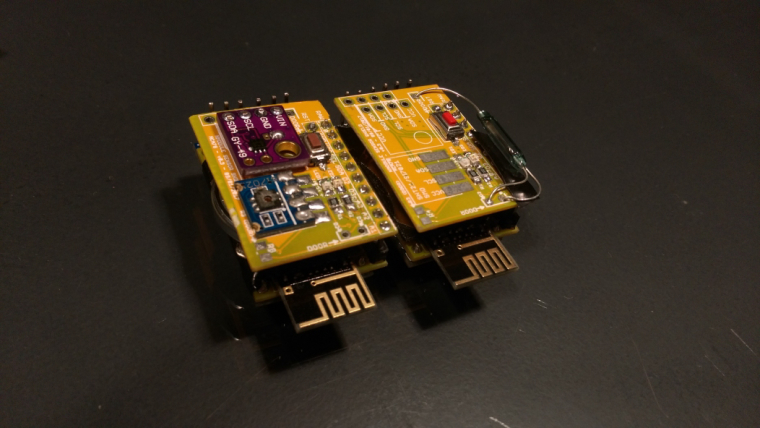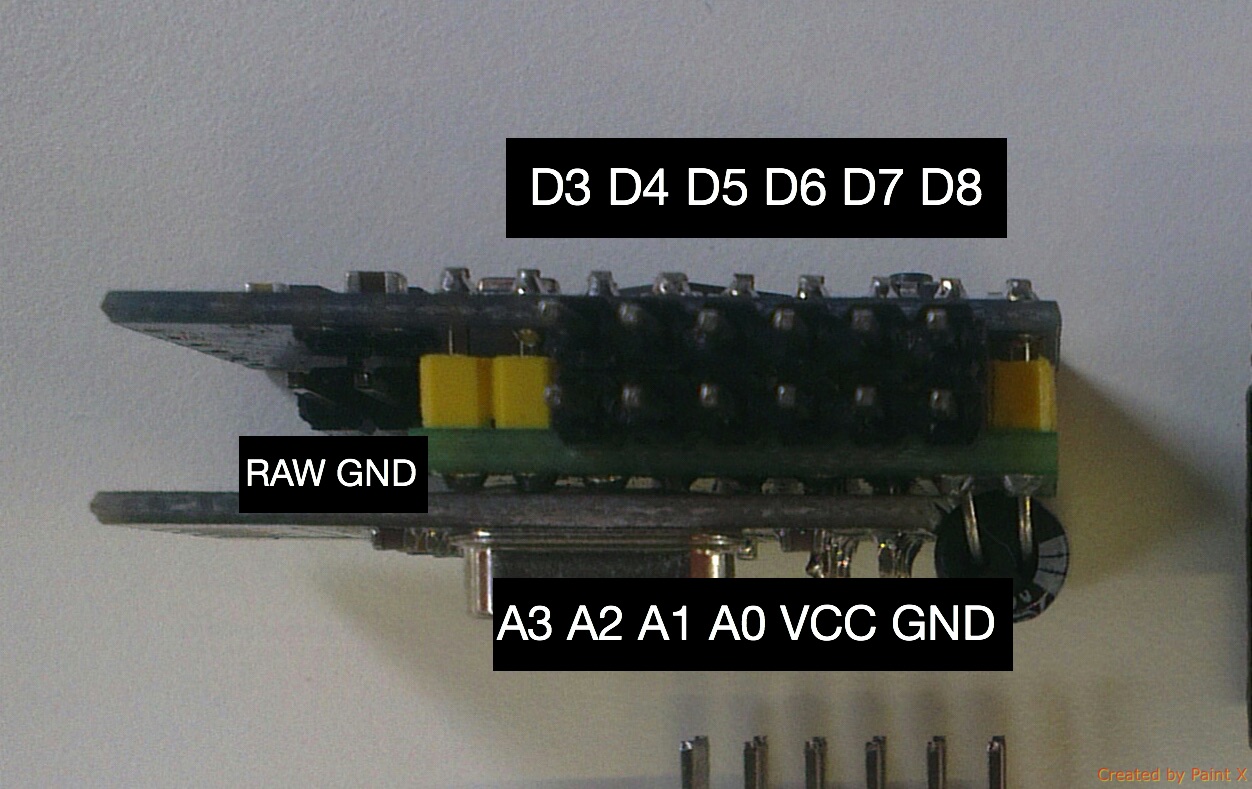💬 jModule
-
@ted Hello! Can you share the Eagle file of your version of pcb? I mean this one: http://dirtypcbs.com/view.php?share=19651&accesskey=2e5e31a83bf6fe21510c3bc438e12df7
@ted Hello! Can you share the Eagle file of your version of pcb? I mean this one: http://dirtypcbs.com/view.php?share=19651&accesskey=2e5e31a83bf6fe21510c3bc438e12df7
Sorry for the extreme late response. I've busy with work in the past half year. Hope you still find the attached file useful.
https://dl.dropboxusercontent.com/u/13998152/modified_jBoard-panalize_4x4_hole.brd
-
@ted Hello! Can you share the Eagle file of your version of pcb? I mean this one: http://dirtypcbs.com/view.php?share=19651&accesskey=2e5e31a83bf6fe21510c3bc438e12df7
Sorry for the extreme late response. I've busy with work in the past half year. Hope you still find the attached file useful.
https://dl.dropboxusercontent.com/u/13998152/modified_jBoard-panalize_4x4_hole.brd
-
@Cliff-Karlsson said in 💬 jModule:
@Nca78 is it possible to buy them somewhere?
I'm not sure it's a good idea to share the dirtypcb link yet:
- they are not tested
- I don't even have all the scripts ready
- they need a bit of documentation to be usable
I will do my best to test them and share on openhardware.io next week.
@Nca78 Sorry for the nagging, but are you any closer to releasing it to dirtypcbs or similar?
-
@dakipro
The improvements:- 2 build options
- no SMD elements (AMS1117 replaced by LE33 - TO92 package)
- smaller size: the jModule and the jBoard
- output pins in a one row
Switching to TO92 elements is a great idea and will make soldering much easier to do. However, LE33 still has 0.5 mA supply current and will not be a good choice for battery powered sensors. The TO92 package will always be ON per spec sheet: http://www.st.com/content/ccc/resource/technical/document/datasheet/98/09/12/54/6e/d1/45/36/CD00000545.pdf/files/CD00000545.pdf/jcr:content/translations/en.CD00000545.pdf
The modification I made previously used XC6206 regulator that only requires 1uA supply current. It works pretty well for my battery powered sensors. However, it does not offer a TO92 package. It will be great if someone can suggest an ultra-low supply current voltage regulator in TO92 package.
-
Switching to TO92 elements is a great idea and will make soldering much easier to do. However, LE33 still has 0.5 mA supply current and will not be a good choice for battery powered sensors. The TO92 package will always be ON per spec sheet: http://www.st.com/content/ccc/resource/technical/document/datasheet/98/09/12/54/6e/d1/45/36/CD00000545.pdf/files/CD00000545.pdf/jcr:content/translations/en.CD00000545.pdf
The modification I made previously used XC6206 regulator that only requires 1uA supply current. It works pretty well for my battery powered sensors. However, it does not offer a TO92 package. It will be great if someone can suggest an ultra-low supply current voltage regulator in TO92 package.
-
@Nca78 Sorry for the nagging, but are you any closer to releasing it to dirtypcbs or similar?
@Cliff-Karlsson said in 💬 jModule:
@Nca78 Sorry for the nagging, but are you any closer to releasing it to dirtypcbs or similar?
Yes but had some visitors during 3 weeks so progress was slow, I'll restart in 2 days and post something soon.
It will be great if someone can suggest an ultra-low supply current voltage regulator in TO92 package.
I would suggest MCP 1700 instead of 1702 as suggested by @AWI
It has similar max current (250mA), ultra low quiescent current too (1.6uF) but the drop-out is way lower: below 0.2V which makes it much better for battery use especially if using 2*AA/AAA batteries. The limitation is the maximum input voltage (6V) but on battery it should not be a problem.But be careful MCP 1700 (like 1702) needs two 1uF capacitors at input and output, so it's not a drop-in replacement for LE33.
-
@Cliff-Karlsson said in 💬 jModule:
@Nca78 Sorry for the nagging, but are you any closer to releasing it to dirtypcbs or similar?
Yes but had some visitors during 3 weeks so progress was slow, I'll restart in 2 days and post something soon.
It will be great if someone can suggest an ultra-low supply current voltage regulator in TO92 package.
I would suggest MCP 1700 instead of 1702 as suggested by @AWI
It has similar max current (250mA), ultra low quiescent current too (1.6uF) but the drop-out is way lower: below 0.2V which makes it much better for battery use especially if using 2*AA/AAA batteries. The limitation is the maximum input voltage (6V) but on battery it should not be a problem.But be careful MCP 1700 (like 1702) needs two 1uF capacitors at input and output, so it's not a drop-in replacement for LE33.
@Nca78
Any progress with the n-module? -
@Nca78
Any progress with the n-module?@Cliff-Karlsson said in 💬 jModule:
@Nca78
Any progress with the n-module?Sort of :) Made a temperature/humidity/light sensor and a door sensor.
Both are very similar in size to assembled jModule, but include the sensors and CR2032 batteries. Still have to test the accelerometer child board and make scripts for it and I will put the openhardware.io page online.

-
Nice!
One question: do you have a mechanism to swap pins on the breakout boards? I know not all manufacturers use the same pinout for their I2C boards. Unfortunately...
@DavidZH as you can see on the door sensor I made two connectors for "through hole" I2C that will fit most if not all of the sensors I know: si7021, OPT3001, MAX44009, BMP/BME 180/280, ...
Else you can always solder the matching pins and connect the others using a small wire from breakout board to the right hole in the next connectors row. For SMD si7021 (blue on the picture) I only know of 1 layout. -
@Nca78
Any progress with the n-module?@Cliff-Karlsson said in 💬 jModule:
@Nca78
Any progress with the n-module?It's finally published for the main board, sensor shields will come soon.
https://forum.mysensors.org/topic/6876/nmodule

